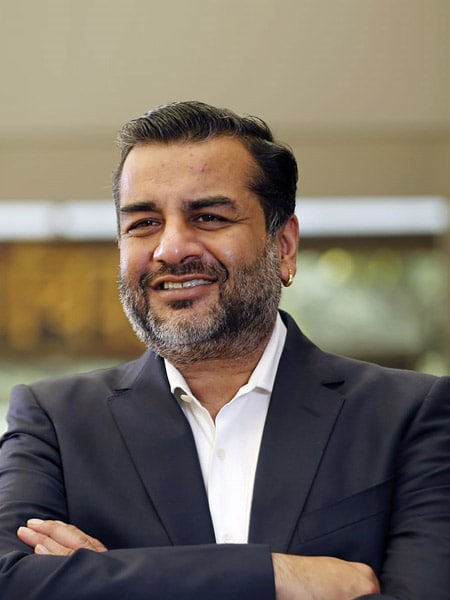
Storyboard 18 - Only 20% business comes from online channels: Colorbar's Samir Modi
In an exclusive interview with Storyboard18, Samir Modi, founder & managing director, Colorbar Cosmetics, shares the company's plans to go global and public, be more inclusive, and go D2C

From selling lipsticks at Rs 75 and nail paints at Rs 35 from a store in Chandigarh, to operating out of 1,300 shop-in-shops and 100 brand stores, Colorbar has come a long way to establish itself as one of the prominent Indian cosmetic brands in the beauty and personal care segment. According to a Euromonitor report, Colorbar ranks fourth in market share (3.6 percent) after companies like Unilever, L'Oréal Groupe and Estée Lauder Cos Inc, which own a host of beauty and personal care brands. Unilever Group, for instance, owns Lakme, and L'Oréal Groupe owns Maybelline and Garnier, among others.
Colorbar is a part of Modi Enterprises, a $1.5 billion-plus group housing brands like Pan Vilas, 24Seven, Modicare, and Godfrey Phillips India Limited.
While Unilever Group is at a much higher market share of 15.1 percent, L'Oréal Groupe and Estée Lauder Cos Inc are at 8.8 percent and 4 percent, respectively.
The Indian beauty and personal care industry was valued at Rs 54,558 crore in 2020. The market is expected to grow at a CAGR of 11 percent in the forecast period of 2022-2027, as per a report by market research and business intelligence company EMR.
Colorbar wants to be a significant part of this growth story.
“We want to dominate the beauty space not just in India but also globally,” says Samir Modi, founder and MD, Colorbar Cosmetics, when we asked him about the brand’s ambitions.




